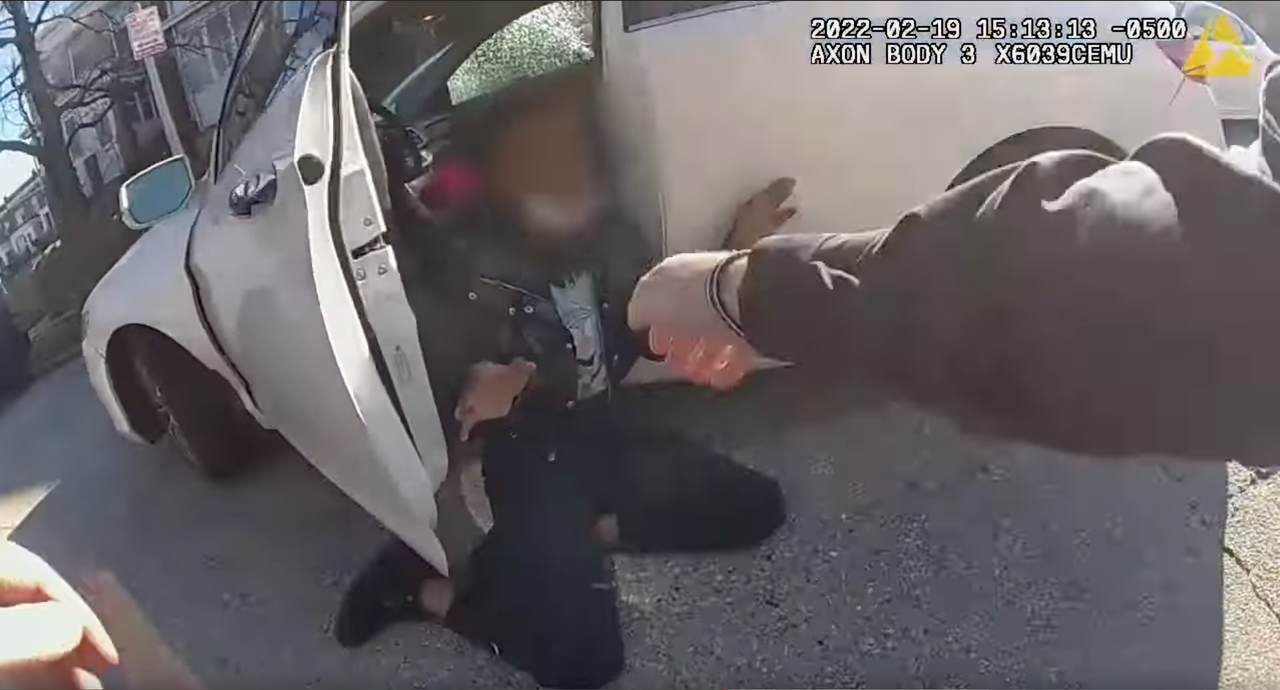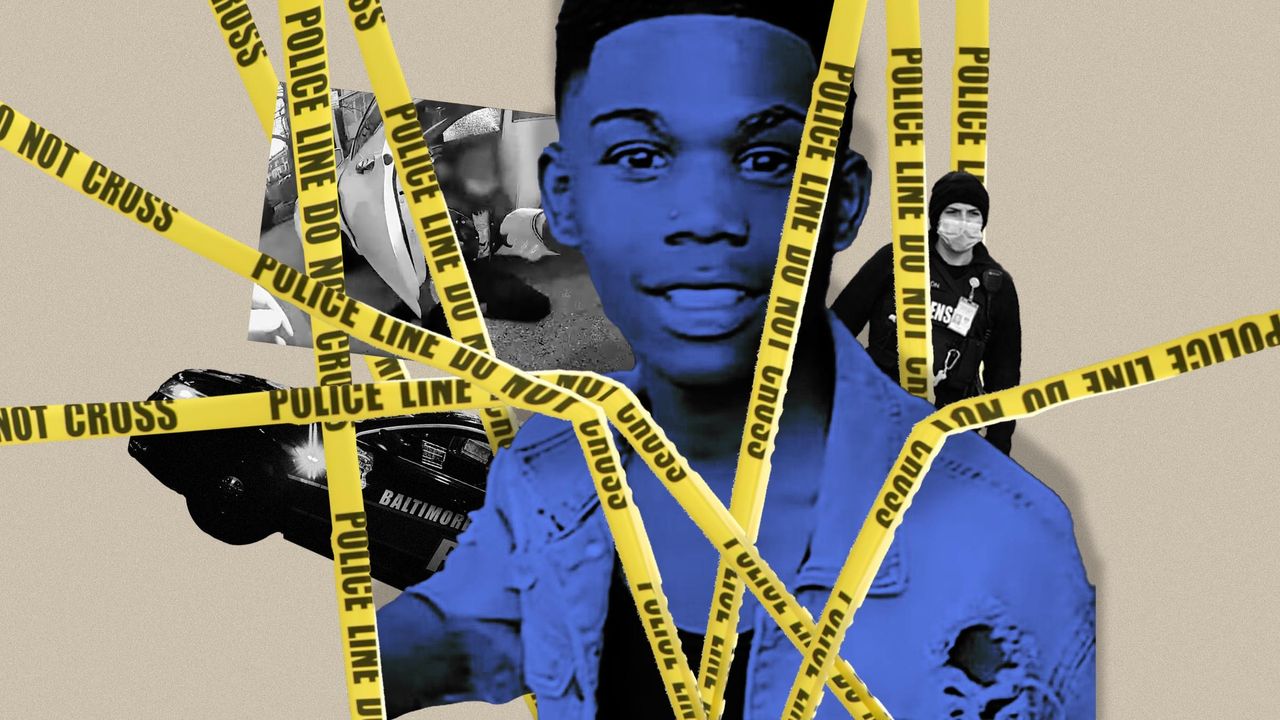On Feb. 19, Baltimore police officers shot and killed 18-year-old Donnell Rochester. The teenager was fleeing a traffic stop related to a search warrant for his failure to appear in court for a carjacking charge. Officers pumped bullets into the car as Rochester drove away and then handcuffed him after he was mortally wounded.
Maryland’s attorney general’s office identified two officers involved in the shooting as Connor Murray and Robert Mauri. Both are on administrative leave pending further investigation.
Body camera footage shows officers running at Rochester with their guns drawn while the teen is still in the vehicle. When the car slowly moves forward, officers fire multiple shots at it.
Rochester was unarmed. The police department released body camera footage in March that doesn’t show the car striking any officers as Rochester drives away, though Murray, who was near the car, does fall down as he’s running and firing his weapon.
Murray himself later says in the footage that Rochester did not strike him with the car. “You OK?” an officer asks him at the scene. Murray replies, “Yeah.”
The other officer asks Murray if he got hit.
“No, I don’t think it hit me,” Murray answers.
But that’s not what officers wrote in a Feb. 22 request for a search and seizure warrant for Rochester’s car, in which they cited first-degree attempted murder — claiming the teen struck a police officer with his car — as a reason to search the vehicle.
HuffPost obtained the warrant this week. It states that Rochester “struck” Murray with his vehicle and that Murray fired “multiple rounds” because Rochester failed to stop.

Officers’ shifting descriptions of what happened during Rochester’s killing are likely to fuel community anger and distrust. The teen’s family has been organizing protests for months. Raquel Coombs, a spokesperson for the attorney general’s office, which is investigating the shooting, did not respond to HuffPost’s questions, citing the pending investigation.
Baltimore police also did not comment to HuffPost on the search and seizure warrant.
Rochester’s family members have called for the officers involved in the shooting to be criminally charged and have questioned their tactics when they shot the teenager and pulled him out of the vehicle.
Attorneys representing Rochester’s family told HuffPost the discrepancy between the body camera footage and subsequent police accounts shows police are grasping for an explanation for why they shot an unarmed teenager.
No weapon was ever recovered from the vehicle Rochester was driving. Baltimore police only found bullet fragments from the shooting, projectiles, and plastic tubes of “suspected” marijuana, the seizure warrant says.
“It looks like the police were looking for any means to cover or mitigate what had happened,” Malcolm Ruff, one of the family’s attorneys, told HuffPost. “He was a scared 18 year old kid who was trying to get away and get out of a bad situation. He got scared, he tried to get away, he did not try to run that police officer over.”
Danielle Brown, Rochester’s mother, has organized rallies for months since her son’s death. She said the fatal shooting was “unjustifiable” and that her son was never a “threat to the police” when they approached him in broad daylight.
Rochester was a student at Anne Arundel County public schools and his family lives outside of Baltimore city, she told HuffPost.
“He had his whole life ahead of him that he wanted to pursue, his goals and dreams,” Brown told HuffPost.
“We just want answers, and [to] let the world know that Donnell should still be here. We are going to be his voice since he can’t. My son did not deserve what happened to him, for his life to be taken away.”

In 2019, a chief judge slammed the detective who filed the search and seizure warrant, Tavon McCoy, for intimidating witnesses during a murder case; the judge compared McCoy’s tactics to the “Eliot Ness” era of interrogation during the 1930s.
Ruff, who represents Rochester’s family, also contends the officers at the scene violated the department’s policy of shooting into moving vehicles — a practice that many departments have banned or discouraged because it can endanger bystanders and has not been an effective way to detain people while executing warrants or traffic stops. Officers are also not supposed to step in front of moving vehicles to reduce harm.
“This is an unreasonable shooting, this is an unconstitutional shooting in our eyes,” Ruff said. “If officers properly trained followed the policies that were put in place for them, then Donnell would still be alive today.”
William Murphy, also representing the family in the case, says Rochester was afraid for his life as a young teen who grew up in the “era of Freddie Gray,” the Black man who died in Baltimore police custody in 2015.
In 2016, Time magazine did a profile of the neighborhood Gray grew up in and photographed residents in the community. Rochester, then 12, was one of them.
“He had every reason to be scared because of the proliferation of police violence in America and police violence in Baltimore,” Murphy said. “At his age, he should have been scared.”
